Performing Mourning.
Performing Mourning. Laments in Contemporary Art.
In a poetic, meandering, personal way Cools explores cultural habits, traditions, rituals, and artists’ performances. His narrative looks into many forms of laments: literary, anthropological, philosophical, and in contemporary art practices. The latter part delves into artistic strategies to address or embody mourning: dialogical, that deal with personal losses; collective mourning rituals and how they invite communities to witness these losses; contemporary examples of laments that are not only used to dialogue with the dead but also to communicate with loved ones who are absent because of migration or exile; a very specific form of mourning that occurs when we grieve for the unrealized potential of a child’s unlived life, including that of an unborn child. And finally, the very recent phenomenon of lamenting not just the losses of the past, but also the loss of a future.
Design: Metahaven
Series: Antennae-Arts in Society
2021, Valiz | Paperback | 224 blz. | English | ISBN 978-94-92095-98-5 | https://www.valiz.nl/publicaties/performing-mourning.html
Related publications.
Performing Mourning, Podcast in the Echolot Series, Muzeum Susch, 2020 https://podcasts.apple.com/at/...
Giving a voice to Mourning. in: J. Nelis (ed.), Receptions of Antiquity, Academia Press, Ghent, 2011. pp. 145-152.
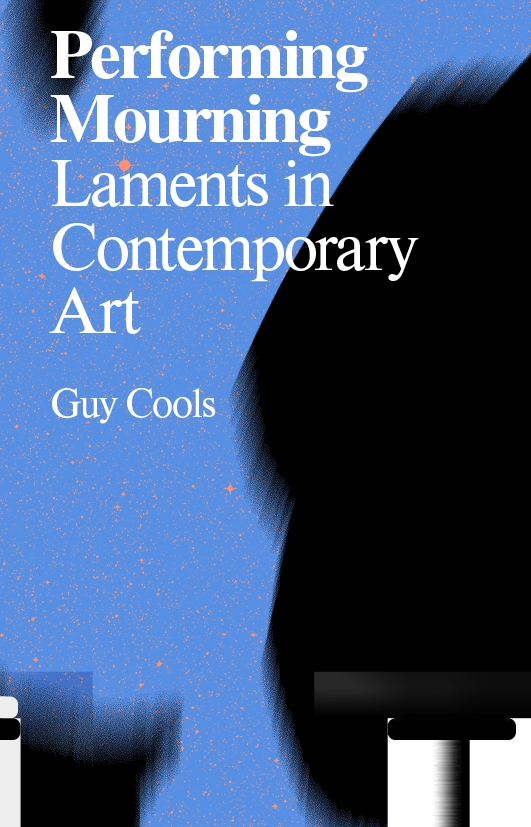
The Choreopolitics of Alain Platel
The Choreopolitics of Alain Platel's les ballets C de la B. Emotions, Gestures, Politics.
Les Ballets C de la B was founded by Alain Platel in 1984. Since then it has become a company that enjoys great success at home and abroad. Over the years, Platel has developed a unique choreographic oeuvre. His motto, ‘This dance is for the world and the world is for everyone', reveals a deep social and political commitment. Through the three topics of emotions, gestures and politics, this book unravels the choreopolitics of Platel’s les ballets C de la B. His choreopolitics go beyond conveying a (political)message because rather than defending one opinion, Platel is more concerned about the exposure of the complexity within the debate itself. Highly respected scholars from different fields contribute to this book to provide an interdisciplinary perspective on the intense emotions, the damaged narratives, and the precarious bodies in Platel’s choreographic oeuvre.
Co-edited with Christel Stalpaert, Professor of Theatre, Performance and Media Studies at Ghent University and Hildegard De Vuyst, dramaturg of les ballets C de la B.
Contributors : Claire Besuelle, Guy Cools, Ann Cooper Albright, Piet Defraye, Miriam Dreysse, Jeroen Donckers, Hildegard De Vuyst, Christine Gaig, Kelina Gotman, Erwin Jans, Francis Maes, Lourde Orozco, Christel Stalpaert, Katalin Trencsenyi
Serie: Dance in Dialogue
2020, Bloomsbury Academic | Hardcover or e-book| 280 pp. | English | ISBN 978-13-50080-02-7
https://www.bloomsbury.com/ca/...
Related publications.
Intercultural Storytelling: a voyage around the theatre world of Alain Platel. in: Parachute 102, Montréal, 2001. pp. 102-113.
Imaginative Bodies.
Imaginative Bodies. Dialogues in Performance Practices.
Imaginative Bodies contains a series of in-depth conversations with dancers and choreographers, composers, visual artists, Hip Hop artists, dramaturges, a lighting designer and a puppeteer. The overall theme is defined by the body, both in relation to the place it takes in the artist’s work, and in relation to wider debates on the body in philosophy, science, medicine, anthropology, and the arts. It is through the sentient body that we experience, know and imagine. Imaginative Bodies reaffirms the central position of the body in many artistic practices.
Contributors: Sue Buckmaster, Jonathan Burrows & Matteo Fargion, Rosemary Butcher, Dana Caspersen, Sidi Larbi Cherkaoui, Tim Etchells, Antony Gormley, Jonzi D & Soweto Kinch, Akram Khan, Ruth Little, Russel Maliphant & Michael Hulls, Alain Platel, Hofesh Shechter
Design: Metahaven
Editor: Lisa Marie Bowler Series: Antennae-Arts in Society 2016, Valiz | Paperback | 344 pp. | English | ISBN 978-94-92095-20-6
https://valiz.nl/en/publicatio...
Related publications.
The Body:Language Talks. The Art of Listening. in: Nowiswere, Issue 14, 2014, pp. 10-20.
http://nowiswere.com/issues/is...
Body:language #1 - #7, Sadler’s Wells, London, 2013
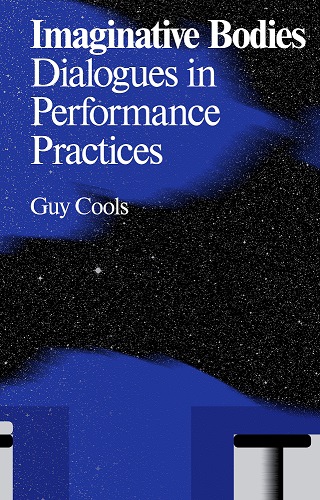
In-between Dance Cultures
In-between Dance Cultures. On the migratory, artistic identity of Sidi Larbi Cherkaoui and Akram Khan.
Belgian-Moroccan Sidi Larbi Cherkaoui and British-Bengali Akram Khan are two of today's most prolific choreographers. Given their respective backgrounds and the practices they pursue, their artistic universes are largely built around their identity in-between dance cultures. Guy Cools who accompanied both, situates their work within the larger critical debate on the (post)modern and (post-)migrant identity. Cools details some of their iconic choreographic pieces. In-Between Dance Cultures offers a complementary view on questions of cultural identity taking the contemporary dancer’s somatic awareness and knowledge of the body as its starting point.
Design: Metahaven
Series: Antennae-Arts in Society 2015, Valiz | | paperback | 160 pp | English | ISBN 978-94-92095-11-4
https://valiz.nl/en/publicatio...
Related publications
Dwelling in multiple languages: the impossible journeys ‘home’ in the work of Sidi Larbi
Cherkaoui and Akram Khan. in: Meerzon, Yana and Stephen Wilmer (eds.): Handbook on Theatre and Migration. Basingstoke: Palgrave McMillan (upcoming).
Akram Khan: the creative confusion of the migrating body. in: G. Brandstetter, G. Egert, H. Hartung (eds.). The Movements of Interweaving. Routledge, London, 2018. pp. 25-43.
Sidi Larbi Cherkaoui and Akram Khan: intertwined journeys in-between dance cultures. in: J. Butterworth, L. Wildschut (eds.), Contemporary Choreography: A Critical reader, 2nd Edition.Routledge, 2018. pp. 372-384.
Re-membering Zero Degrees. in: B. Cochrane, K. Trencsenyi (eds.), New Dramaturgy: International Perspectives, Bloomsbury, London, 2014. pp. 180-195.
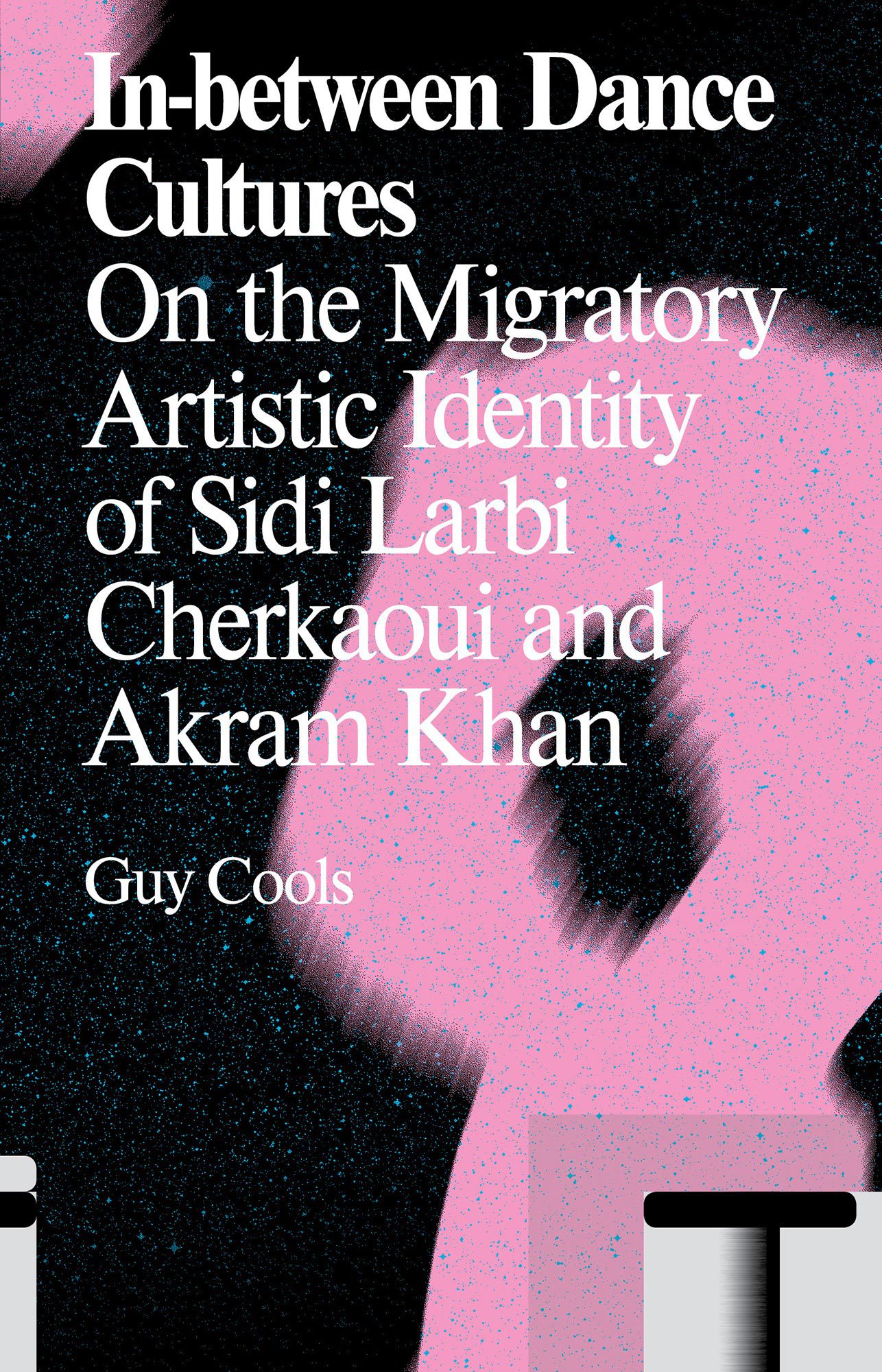
The Ethics of Art.
The Ethics of Art. Ecological Turns in the Performing Arts.
Within the arts there is a growing ethical consciousness, both in the way it relates to the larger social, political and economic challenges and in the way it reflects on its own production and distribution mechanisms. This book attempts to describe how artistic imagination can produce new situations, based on the potentials and limits of the individual 'body' within its environment.
The first section, Ecosophy, focuses on eco-art practices and how the ethical turn in the arts implies a greater receptivity for the environment we live in. The second section, Caring for the Body, focuses more on dance and the renewed interest in ‘the body’, both on the level of the individual and on that of the larger ‘body politic’ of cooperation and collaboration.
The book focuses on the European contemporary dance scene, but it embeds this in the larger context and history of eco-art practices, while also providing some striking examples of best practices from the USA and Canada. In The Ethics of Art the singular voices of individual artists, discussing their own creative practices, are equally important as the more scholarly contributions.
Co-edited with Pascal Gielen, Professor cultural sociology at the Antwerp Research Institute for the Arts (ARIA), University of Antwerp.
Contributors: Karolien Byttebier, Sidi Larbi Cherkaoui, Guy Cools, Arne De Boever, Pascal Gielen, Kathelin Gray, Sébastien Hendrickx, Naomi M. Jackson, Navtej Johar, Denise Kenney, Mala Kline, Jeroen Peeters, Frans Poelstra, Christel Stalpaert, Robert Steijn, Lise Uytterhoeven, Benjamin Verdonck, Sara Wookey.
Design: Metahaven
Series: Antennae-Arts in Society
2014, Valiz| paperback | 352 pp. | English| ISBN 978-90-78088-87-5 |
https://valiz.nl/en/publicatio...
Related publications
Counteracting Movements, Precarious Labour and Civil Action in the Viennese Art Scene. in: Gift, Zeitschrift für freies Theater, 03/2018, Vienna. pp. 10-16.
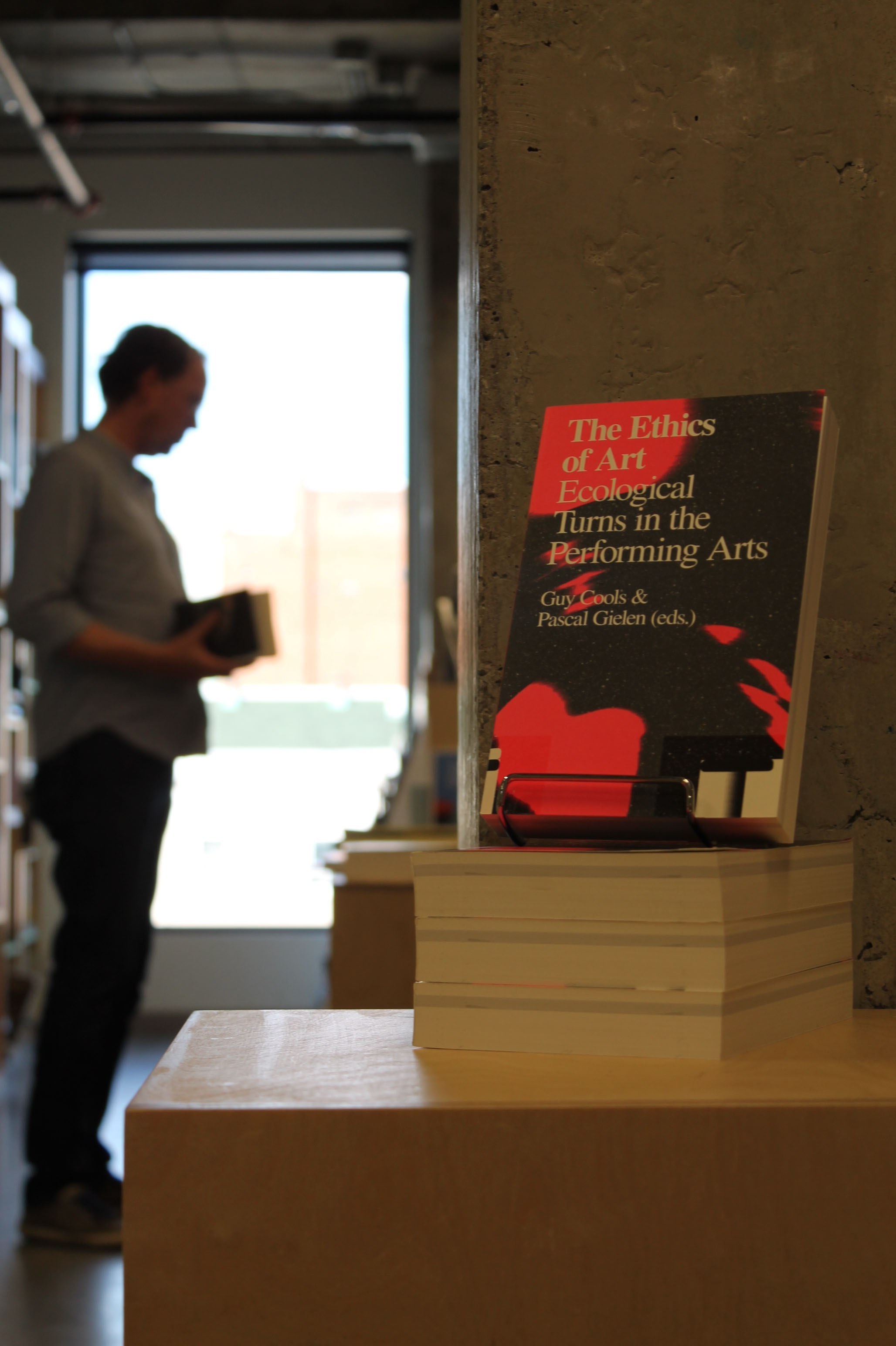
Dance Dramaturgy
In 1994, Marianne Van Kerkhoven, the Flemish godmother of dance dramaturgy wrote a short, seminal article on the subject – Looking without a pencil in the Hand – of which the title alone is already a manifesto. My own writings on dance dramaturgy build further on Van Kerkhoven’s insights: how the dramaturg has to stay necessarily invisible in the creative process (s)he is supporting and how in order to capture this invisible role, a lot of metaphors have been created.
I describe in more detail the different roles of my own dramaturgical practice: that of somatic witness, dialogue partner and editor. Dance dramaturgy for me is a creative practice in which the whole body is involved and in which somatic proximity to the creative process is as important as critical distance.
Recent publications
O plesni Dramaturgiji. On Dance Dramaturgy. in: Brezavscek, Pia and Bozovicar, Rok (eds.), Maska, Voice of Dance, Volume XXXVI, Issue 2003/2004, Fall 2021. pp. 44-54 (Bi-lingual English/Slovenian)
https://maska.si/en/journal/gl...
The Dramaturg as witness, dialogue partner and editor. in: Nakajima, Nanako, Dance Dramaturgy.
Text Collection. 2021. (Bi-lingual English/Japanese)
http://www.dancedramaturgy.org...
Invisible Diaries, Dramaturgy Network, UK, 2020
https://www.dramaturgy.co.uk/s...
Dance: a translating art. The body as a ‘transmutator’ of identity/ taniec: sztuka ttumaczenia (ciato jako ‘transmuter’ tozsamosci). Wyktad w czterech czesciach. in: Keil, Marta (ed.), Choreography: Autonomies/Choreografia: Autonomie. Poznan: Art Stations Foundation, 2019. pp. 62-85. (Bi-lingual English/Polish)
Sobre Dramaturgie de Dança. in: Cena 29, 2019. (Bi-lingual English/Portuguese)
https://seer.ufrgs.br/cena/article/view/97634/55068
La Drammaturgia dela danza, in: Pontremoli, Alessandro and Ventura, Gerarda (eds.), La Danza : Organizzare per Creare. Milano: Francoangeli, 2019. pp. 140-151. (Italian)
Correspondence and ekphrasis. Dance Dramaturgy as a dialogical practice. in: K. Georgelou, D. Theodoridou, E. Protopapa (eds.), The Practice of Dramaturgy. Valiz, Amsterdam, 2016. pp. 99-107.
Dance Dramaturgy as a creative and somatic practice. The Art of Witnessing. in: Re_Research Dance Dramaturgy. Torino: Ricerca Workspace. 2017. pp. 112-135.
Körperliche Dramaturgie. Der Dramaturg als ‚äußerer Körper’ und somatisch Miterlebender. in: Zeitschrift der dramaturgischen Geschellschaft, 02/17, Berlin, 2017. pp. 65-66. (German)
Who needs a dramaturg! in: Aparté/Arts Vivants, Nr. 3, UQAM, Montréal, 2014. pp. 86-91.
Dance dramaturgy as a creative and somatic practice. in: B. Nieuwboer, L. Wildschut, W. Zoet (eds.), Danswetenschap Nederland, Deel 7, Vereniging voor Dansonderzoek, Amsterdam, 2012. pp. 67-75.
De la dramaturgie du corps en danse. in: Cahiers de Théâtre JEU, 116, Montréal, 2005. pp. 89-95. (French)
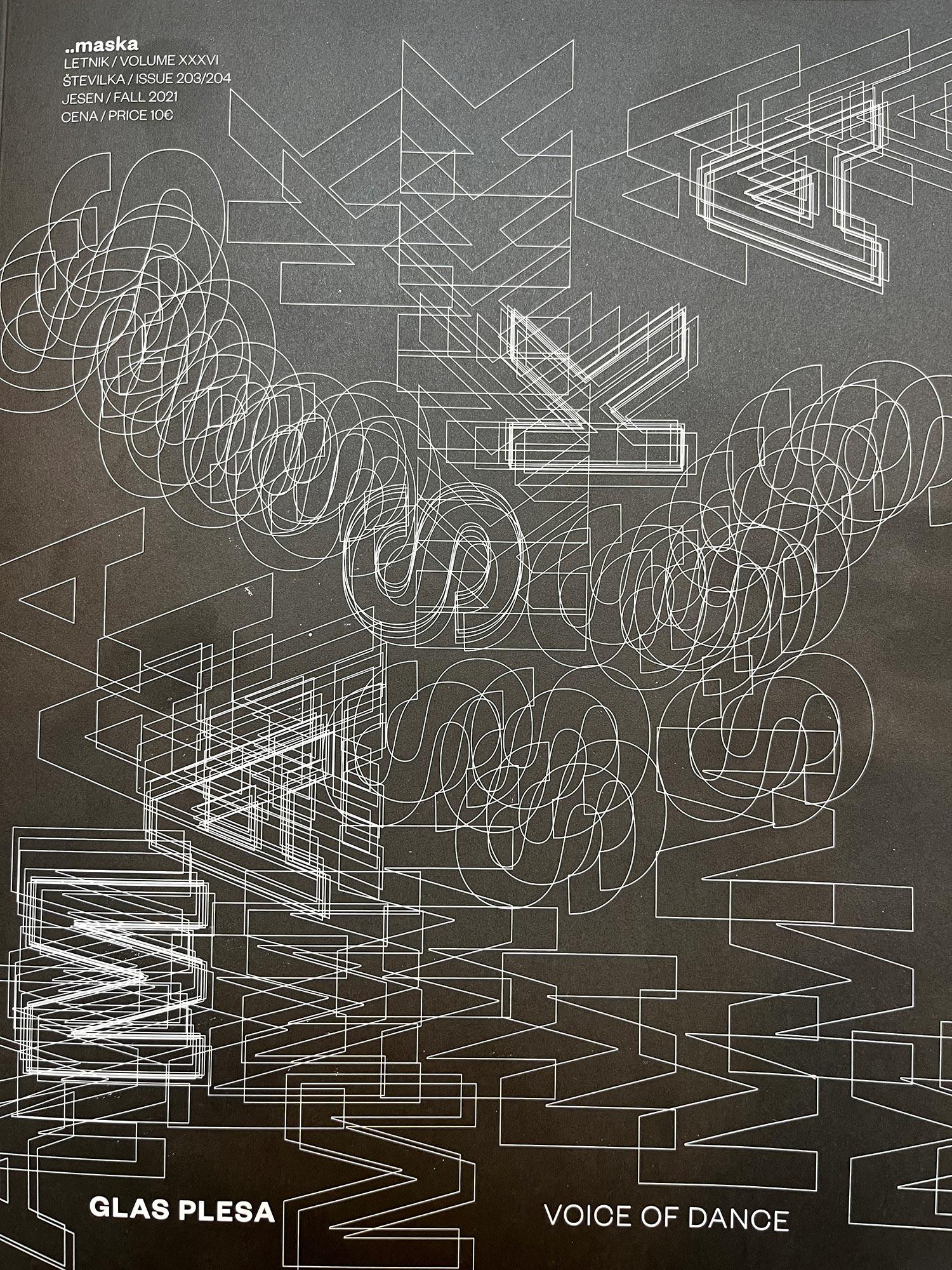
Rewriting Distance
Since 2003, I developed with the Canadian choreographer Lin Snelling an improvised performance practice that originally researched how movement and spoken word could be combined. In 2010, we also started to investigate writing as another performative ‘track’ we could add to this. The relationship between language and movement was also the main theme of my practice-based PhD, Rewriting Distance: dance dramaturgy as a creative and somatic practice. The body writing and talking (2014). How to write about somatic experiences? How to make the writing more embodied? In the Rewriting Distance, we explore different forms of writing, during and after the practice, which are collected in an archive on www.rewritingdistance.com
Rewriting Distance: Live Writing. in: Guccini, Gerardo, Longhi, Claudio and Vianello, Daniele, Creating for the stage and other spaces: questioning practices and theories. Essays and contributions from the Third EASTAP Conference. Bologna: Alma Mater Studorium, 2020, pp. 423-432.
Rewriting Distance: On Improvisation as a research practice. in: B. Nieuwboer, L. Wildschut, W. Zoet (eds.), Danswetenschap Nederland, Deel 8, Vereniging voor Dansonderzoek, Amsterdam, 2015. pp. 61-68.
Rewriting Distance, Some Reflections on the impact of performance as research. in: Proceedings of Carpa 3, Colloquium on Artistic Research in the performing arts, Theatre Academy of Helsinki, 2014.
https://nivel.teak.fi/carpa/re...
Rewriting Distance: bridging the space between dramaturg and dancer. Co-authored with Stefano Muneroni. in: Canadian Theatre Review 155, University of Toronto Press, 2013. pp. 54-57.
Others
All my writing is anchored in my personal, sentient experiences. Using my own body and unfolding and transforming identity as a starting point, I try to give an insight how all artists are unique in the way they think and process creatively their own lived experiences. We understand and develop ourselves through exchanges with others. For artists this means that they develop their creative practices through their collaborations with other artists, often working in different disciplines. The latter is the true relevance of interdisciplinarity.
The importance of the Energetic Body in times of COVID. In: Manolescu, Cosmin, The Body in Pandemic Times. Essays on Dance. Bucharest, 2021, pp. 5-18.
https://dans.ro/wp-content/upl...
The Cross, circle and labyrinth as graphical metaphors to reflect on the creative process. in: Keil, Marta (ed.), Choreography: Strategies. Poznan: Art Stations Foundation, 2021.
Playing, Gaming and choreographing. Bern: Dampfzentrale, 2020.
https://www.dampfzentrale.ch/e...
ChampdAction LabO, Hoe introduceren we meer interdisciplinariteit in het hoger kunstonderwijs? (How to introduce more interdisciplinarity in arts education) in: Forum+, for research and arts, Vol. 25, no. 1, March 2018. Antwerp-Amsterdam: Koninklijk Conservatorium-University Press. pp. 17-20.
Die Politik der Etikettierung und die Politik der Tanztechniken. Bericht zum Lab: De-colonizing Dance: Postcoloniality and Contemporaneity. Tanzkongress, 2016. http://www.tanzkongress.de/fil...
Nomadisme als ankerpunt. (Nomadism as point of anchorage) in: Raymaekers, Samme (ed.), Dans in Québec, Borgerhoff & Lamberigts, Ghent, 2008, pp. 11-29.